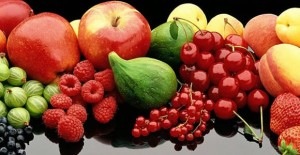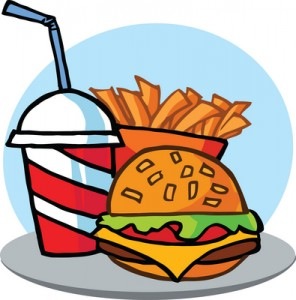 What has happened to the iconic apple? According to the Environmental Working Group (EWG), the apple is the produce item with the greatest amount of pesticide residue.
What has happened to the iconic apple? According to the Environmental Working Group (EWG), the apple is the produce item with the greatest amount of pesticide residue.
EWG’s 2011 Shopper’s Guide to Pesticides in Produce lists the Dirty Dozen, or the produce with the most pesticide residue (which they suggest buying organic), and the Clean Fifteen, the produce with the least residue.
- Apples
- Celery
- Strawberries
- Peaches
- Spinach
- Imported Nectarines
- Imported Grapes
- Sweet Bell Peppers
- Potatoes
- Domestic Blueberries
- Lettuce
- Kale/Collard Greens
- Onions
- Sweet Corn
- Pineapples
- Avocado
- Asparagus
- Sweet Peas
- Mangoes
- Eggplant
- Domestic Cantaloupe
- Kiwi
- Cabbage
- Watermelon
- Sweet Potatoes
- Grapefruit
- Mushrooms



